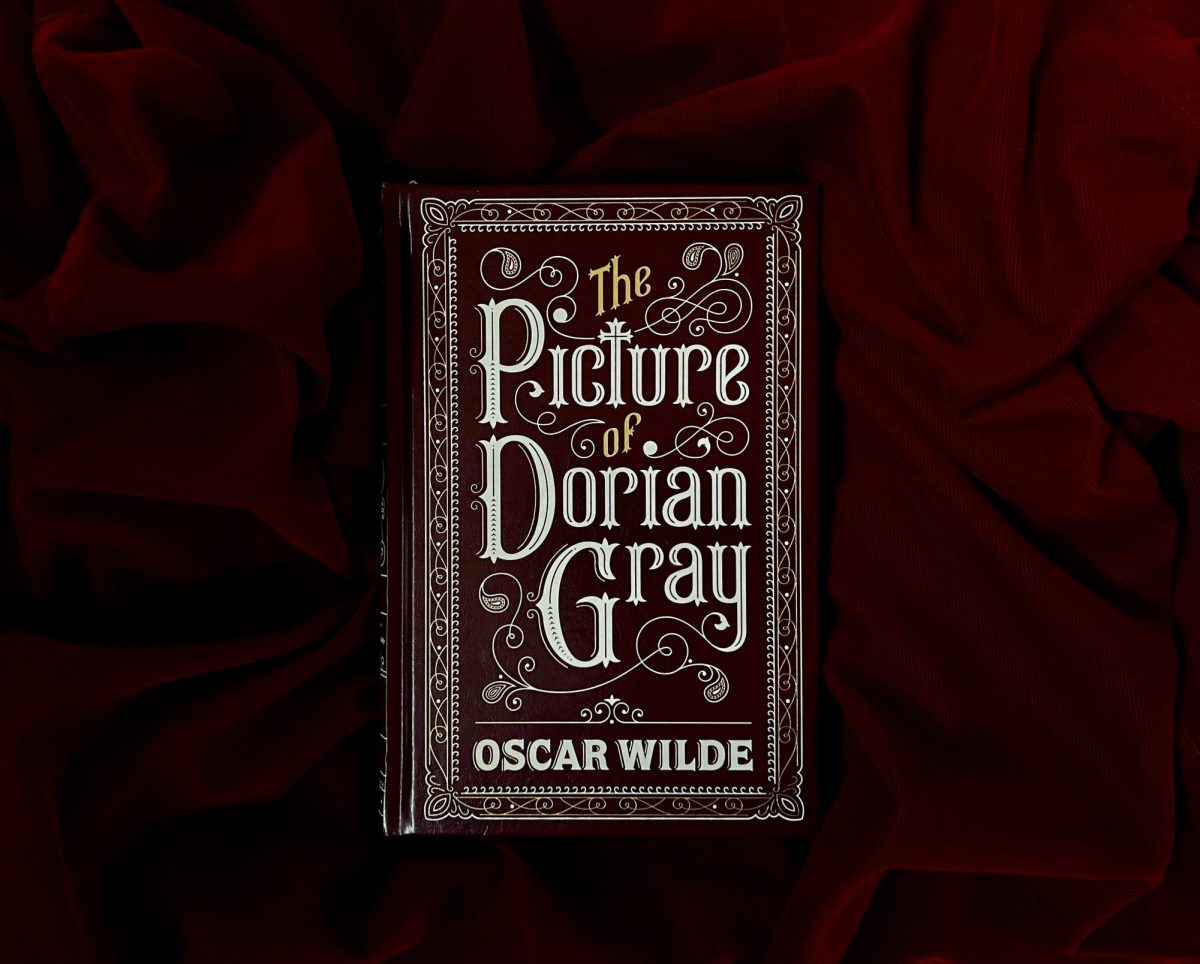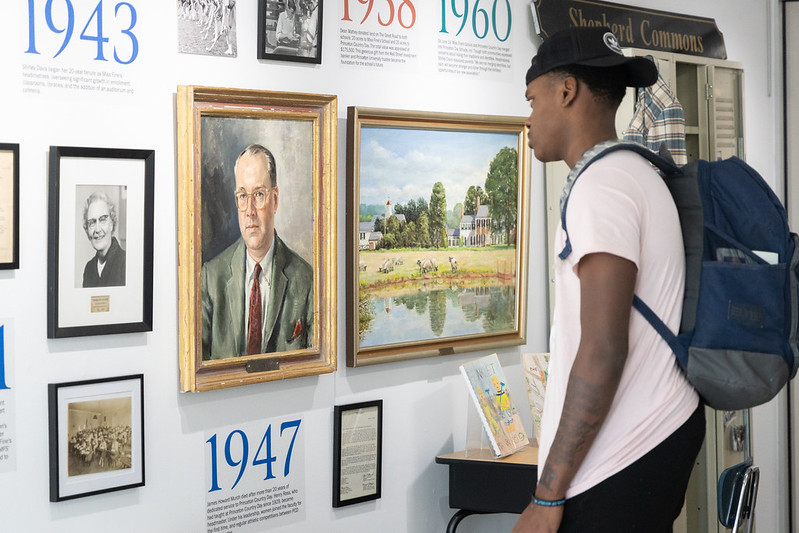In the expanding new world of both art and literature, the perspectives of LGBTQ+ artists and authors have become revolutionary instruments for change. Their content continues to challenge societal norms while portraying complex ideas in our culture, internalizing the wide variety of experiences in our community. The impact of influential LGBTQ+ artists and authors in literature, visual, and modern art provides clarity on celebrating diversity within our own PDS community.
First, let us delve into literature, where we find hallmark contributors like Oscar Wilde (1854-1900), whose timeless works challenge common sensical beliefs and inspire the next generation’s works. Through literature such as “The Picture of Dorian Gray” and “The Importance of Being Earnest,” Wilde investigated the intensity of the barriers surrounding our society, revealing the nature of primary human wants and the consequences of suppression. Virginia Woolf (1882-1941), a significant contributor to what we know as modern literature, left quite a legacy on the landscape of literary text. Her exploration of identity, self-consciousness, and the naturality of existence on a small scale in novels like “Orlando” and “Mrs. Dalloway” challenged the structure of narratives for her time. As a queer woman, Woolf faced countless personal struggles infusing her work with a unique view of the human experience. James Baldwin (1924-1987), an African-American gay writer, made numerous contributions to American literature by addressing the complex issues of race, sexuality, and identity. Notable literary forms of art for Baldwin include his novels, essays, and plays, especially “Go Tell It on the Mountain” and “Giovanni’s Room,” which challenged societal norms and offered an exploration of the relationship between being both black and gay in America.
Pivoting the focus to the visual arts, the vibrant and illustrious works of Frida Kahlo (1907-1954) stand out. The iconic Mexican painter rose above artistic boundaries with vivid and reflective works. Kahlo’s art, specifically glorious like “The Two Fridas” and “Self-Portrait with Cropped Hair,” conveyed identity, pain, and the human experience. As a bisexual, Kahlo’s paintings served as a middle ground for personal and collective expression, challenging societal expectations and creating a voice for unrepresented communities. Keith Haring (1958-1990), an openly gay activist, used his art to bring awareness to social issues, emphasizing the power of creativity among activists, particularly during the AIDS epidemic. Haring created universally recognized symbols, for instance, the radiant baby and dancing figures, becoming a pioneer in visual LGBTQ+ activism. His legacy extends beyond the landscape of visual artistry, as his work continues to be a powerful force in the advocation for the familiar principles of inclusivity, awareness, and acceptance.
Through the lens of contemporary art forms, authors like Chimamanda Ngozi Adichie and Roxane Gay continue to shape cultural conversations. Adichie’s journey to investigate identity, race, and gender contributes to a deeper understanding of the rights of members of the LGBTQ+ community in Africa. Roxane Gay’s cultural views, like others, challenge societal expectations, promoting empathy and understanding in our vastly evolving world.
However, the impact of LGBTQ+ artists and authors extends further than their published creative works. Many have played crucial roles in social activism, challenging discriminatory practices and advocating for population inclusivity. Subsequently, Keith Haring’s activism during the AIDS epidemic depicts the evolutionary power of art. Junior Humzah Ladiwala adds, “So for me, the impact of queer artists is that they provide an outlet for many to explore and sort of… explain themselves. See, for me, their art tells a story or puts a message out that people identify with, and they become figures to look up to. The artists that I looked up to became figures that confirmed that my feelings and identity were valid and could be pretty awesome, so that’s what their impact could be beyond just their art.”
As students of the vibrant PDS community, we can explore and celebrate the diversity of LGBTQ+ artists and authors. By appreciating these works, we help to foster a more inclusive and compassionate school environment. Let us continue to engage with the powerful morals of empathy and acceptance within the PDS community and further.








